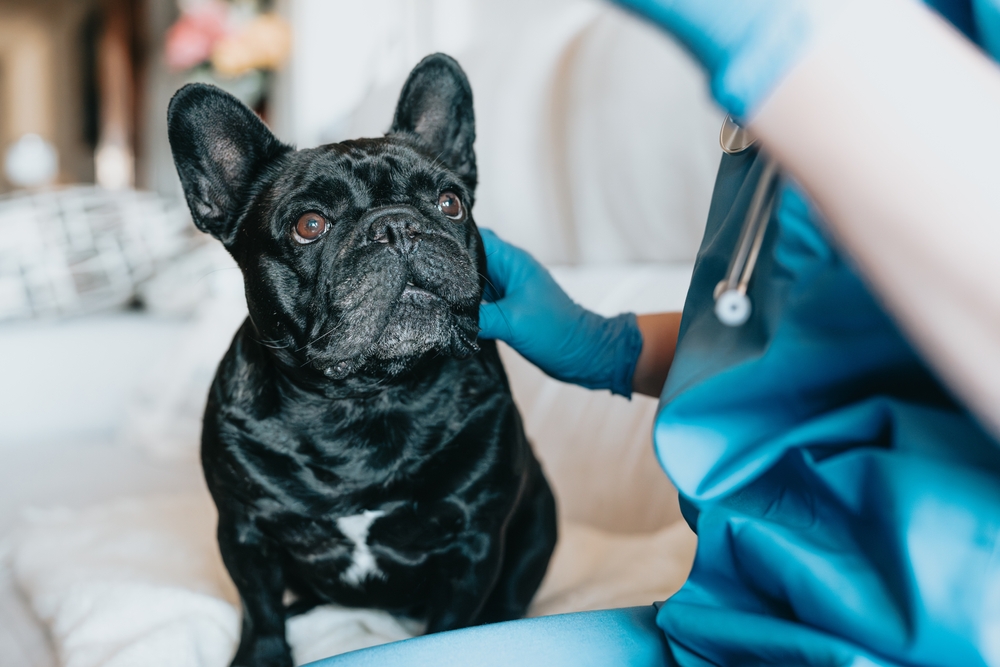
Understanding Mass Removal Surgery: What Pet Owners Need to Know
At the Animal Emergency Center of Temple-Belton, we understand that discovering a lump or mass on your pet can be alarming. As pet owners, we know how crucial it is to get answers and ensure the best care for your furry friend. Mass removal surgery is often recommended when a veterinarian identifies a mass that may impact your pet’s health or well-being. Here’s what every pet owner should know about this procedure and how it can help protect your pet’s health.
Why Might Mass Removal Be Necessary?
Masses can vary widely in nature; some are benign (non-cancerous), while others may be malignant (cancerous). These growths can appear on or under the skin or within internal organs, and while not every mass poses an immediate threat, certain factors make removal advisable. Common reasons for surgery include:
• Size and Location: If a mass is large or located in a sensitive area, it could cause discomfort, restrict movement, or interfere with vital organs.
• Appearance and Growth Rate: Rapidly growing or changing masses are often evaluated more urgently.
• Diagnosis Uncertainty: When it’s unclear whether a mass is benign or malignant, removal and biopsy offer a definitive answer.
The Process of Mass Removal Surgery
Your veterinarian may perform tests, such as bloodwork, x-rays, or ultrasound, to assess your pet’s overall health and the mass itself. A biopsy or fine needle aspiration may be conducted before surgery to better understand the mass.
Mass removal surgery is typically performed under general anesthesia to keep your pet comfortable and safe. Depending on the mass’s location and size, surgery can vary from a simple, quick procedure to a more involved operation.
After removal, the mass is often sent to a laboratory for a biopsy. The results provide information about the nature of the mass and any additional care that may be needed.
Post-Surgery Care and Recovery
After surgery, your pet will need time to heal. Your veterinarian will provide post-operative care instructions, which may include:
• Medication: Antibiotics and pain relievers are often prescribed to prevent infection and manage discomfort.
• Wound Care: It’s essential to keep the surgical area clean and prevent your pet from licking or scratching it, as this could disrupt healing.
• Follow-Up Appointments: These are essential for monitoring recovery and ensuring the surgical site is healing correctly.
Supporting Your Pet Through Surgery
As a pet owner, you play an essential role in your pet’s recovery. Provide a calm, comfortable environment, follow all care instructions carefully, and ensure your pet attends all follow-up appointments. Staying observant and supportive will help your pet recover smoothly and return to their happy, healthy self.
If you have questions about mass removal surgery, reach out to Animal Emergency Center of Temple-Belton. Visit our office in Temple, Texas, or call (254) 231-3774 today.







